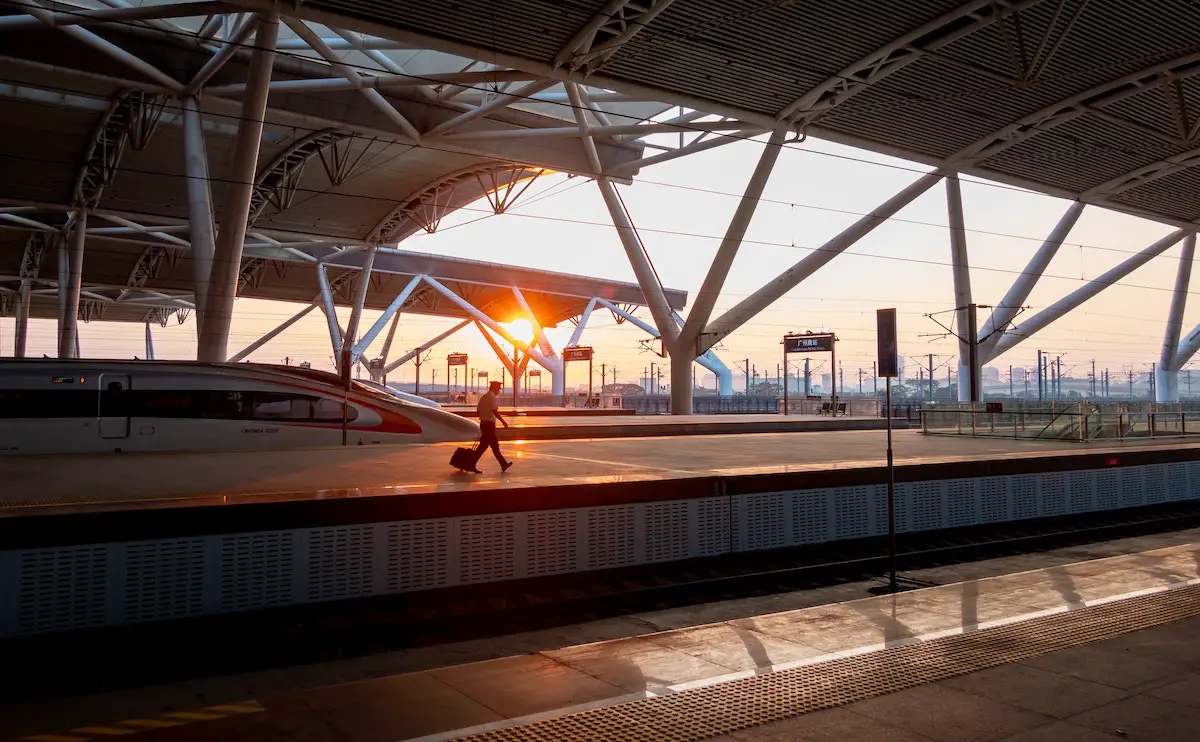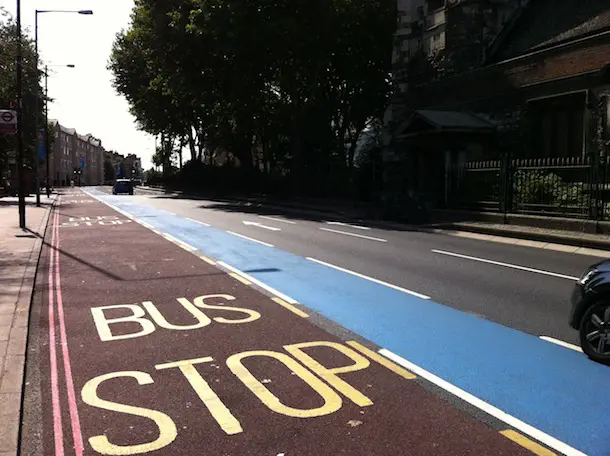Between July 15th and 18th a 10-mile stretch of highway in Southern California which typically serves about 500,000 commuters daily was closed to demolish a bridge. The project will eventually lead to a widening of the highway in the traditional, but flawed, demand coping mechanism used by highway engineers the world over. The event took on its own moniker, Carmageddon, because of the dependency that many in Southern California have with their cars.
Of all the novel activities during last weekend’s Interstate 405 closure —bikes racing planes (and winning), Angelinos walking (and enjoying it)— there was none more disappointing than the lack of pedestrian activity on the barren stretches of highway between West LA and Ventura Boulevard. Cyclists were barred from cruising down some serious decline terrain and potentially daydream about a future where two-wheels would eventually usurp four as kings of the road and; families were told that block parties, picnics, preposterously giant games of soccer or flag football, or any other brand of non-combustion based activity were banned on the 10-mile span (one band of friends did manage to throw an illicit dinner party, though. The LAPD isn’t know for having a sense of humor, but even the most solemn of officers would have probably cracked a smile at the sight of a 10 mile barbeque.
LAPD Cmdr. Andy Smith, along with others including the Villaraigosa administration and DOT officials, cited —somewhat legitimately— safety as a main concern in their rejection of community requests. Smith, for his part, didn’t shy away from a more proactive take on the non-fun when speaking to the L.A. Times: “Anyone who is looking to do something should think again. We’ll have a lot of cops out there and they will be looking for something to do.” The mirrored use of “something” was meant to intimidate through ambivalence.
The rigid division of geography —cars here, people there— is apparently unwelcoming to a sudden distortion of that reality. Even though the possibility of some one getting injured on the 405 with cars banned is about on par with getting hurt walking home (and probably significantly less because you could get hit by a car doing that), the logistical exercise was apparently beyond a collection of administrations that dexterously developed a plan to deal with a 10-mile stretch of highway being closed during a summer weekend. A block party would have been simply too much.
Safety as a legitimization speaks ambiguity to power, albeit subtly, where we are in terms of valuing people over places, and it’s not quite as evolved as some of us would like. The landscape, especially in Southern California where I call home, is uniquely antagonistic to pedestrians among major cities. There is a growing population of Angelinos who crave better transit and practical density but to say they are dwarfed by the petrol-propelled masses is like saying Marie Antoinette died of a sore throat. Defining a highway is not a flexible exercise so even when the landscape changes it stays the same. New York allowed thousands onto the West Side Highway this past Independence Day to watch fireworks —the inexplicable closure of Hudson River Park at Macy’s behest so they could hold a private party is another story— but Los Angeles couldn’t open the highways for any portion of the 56 hours that the 405 was closed; one step forward, a carpool back.
But then what was Carmageddon all about then? The destruction of a bridge and the expansion of a highway’s girth? The cognitive leap from occurrence to event often takes a little bit of faith and at least a modicum of idealism, which is why so many young people saw the carless landscape in Los Angeles as a turning point in an automobile-driven culture. By banning people from an empty highway officials deflated the dream something fierce— though the Luddite victory of the Wolfpack Hustle, an LA based cycling team, may have revived at least a part of the vision. There was a chance for one of the most maligned transportation cities in America to get some much-needed kudos but instead what we got was 56 hours of an ultimately intangible alternate universe where there are no cars and, strangely, there are no people.
Photo: Iovine


